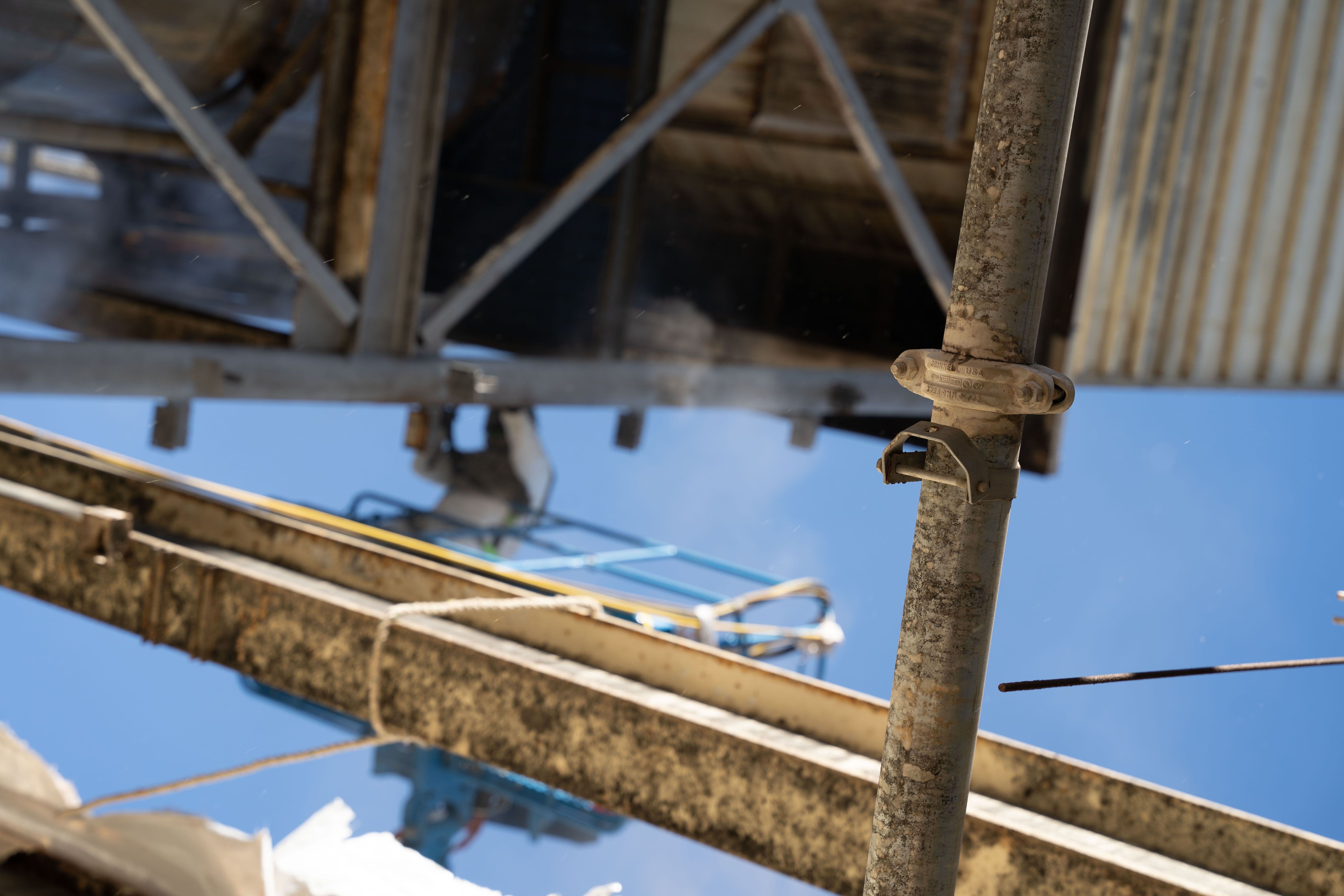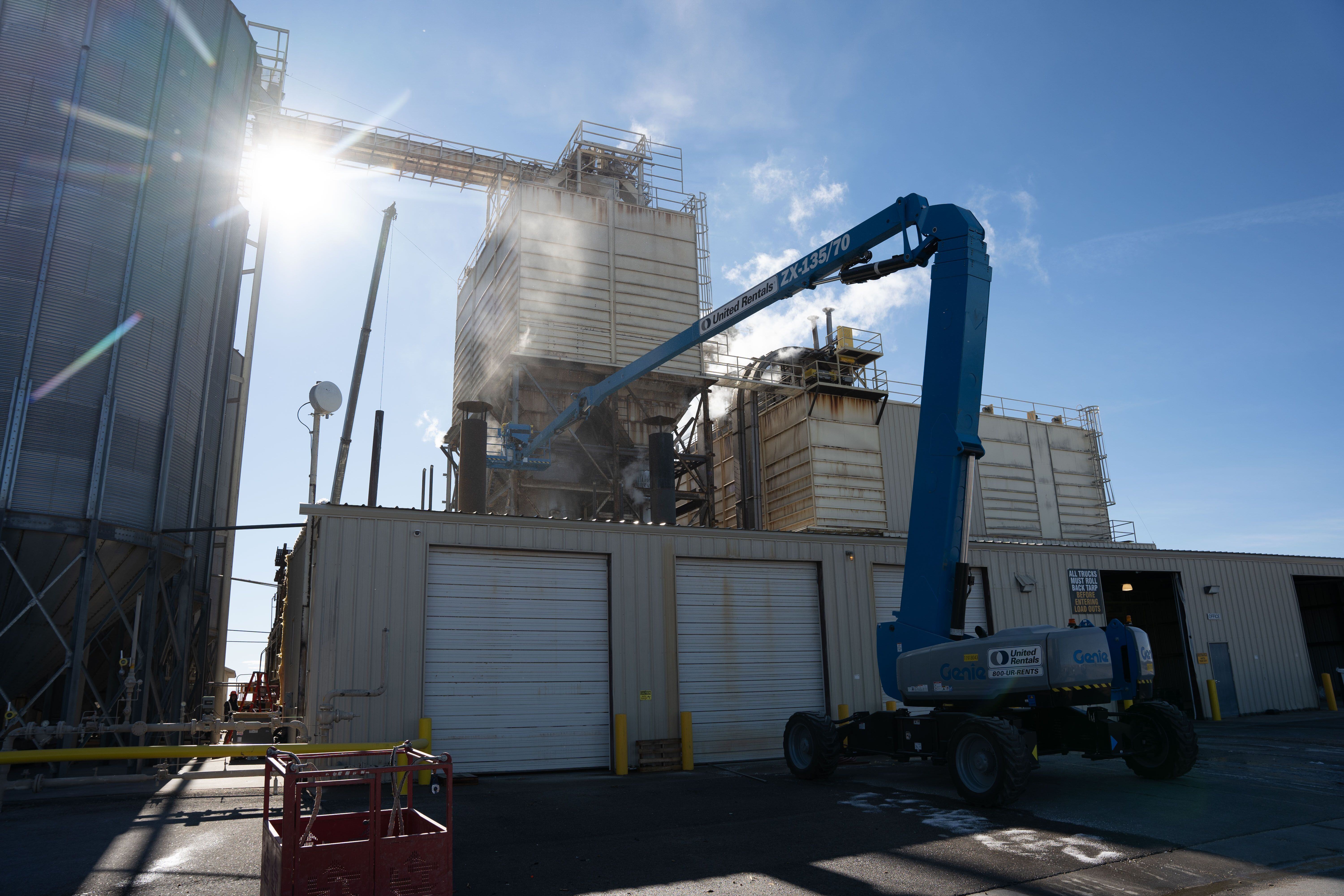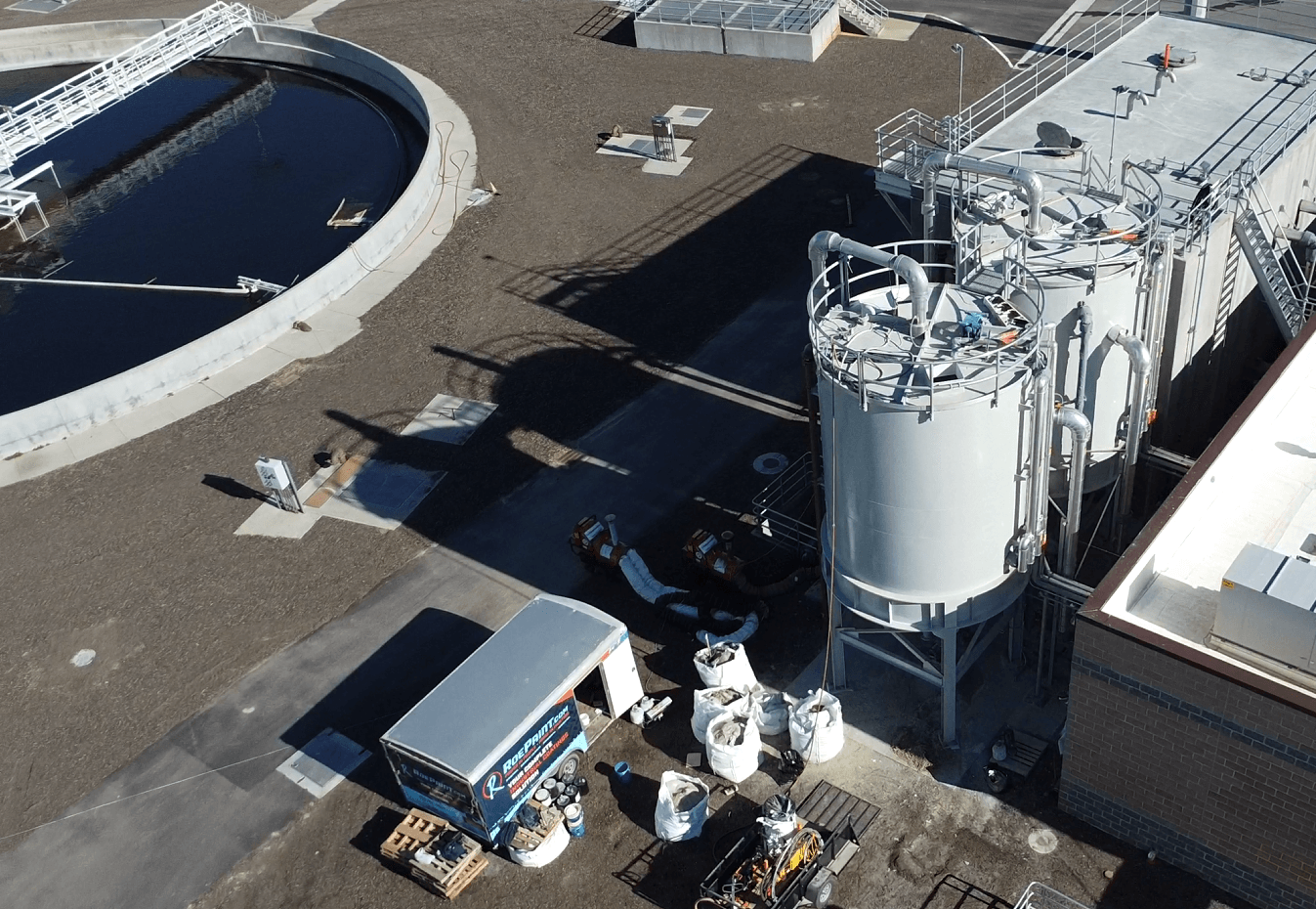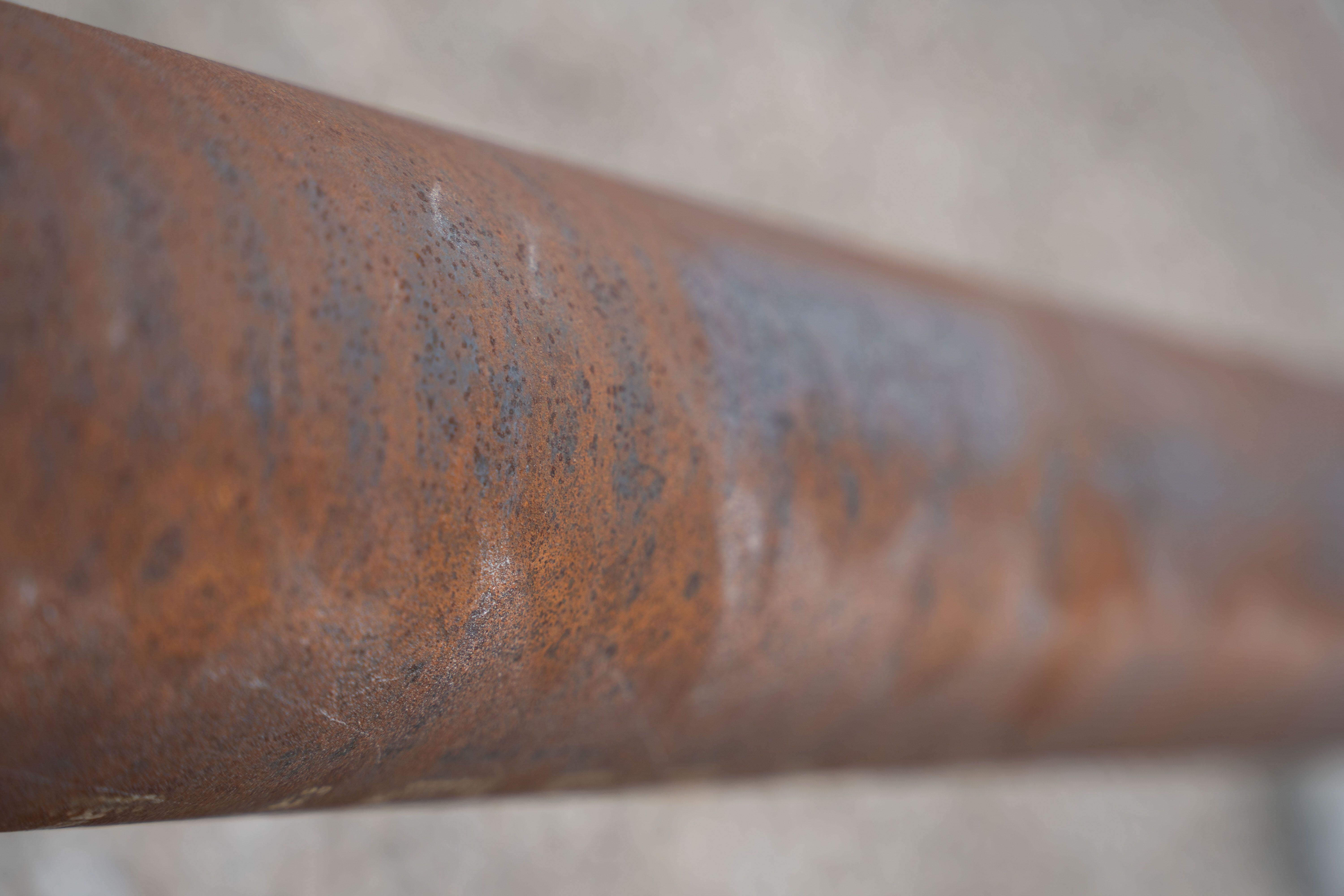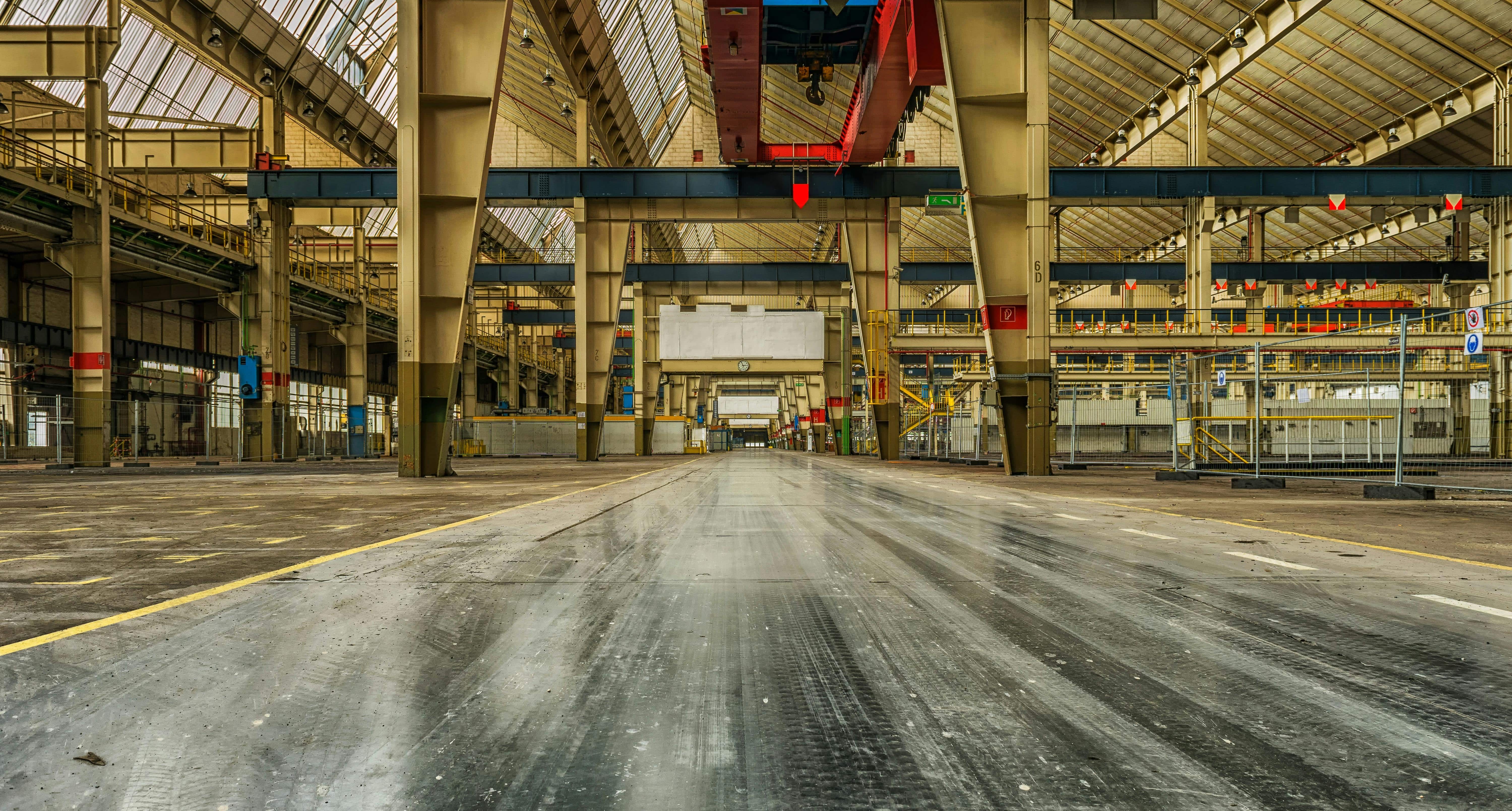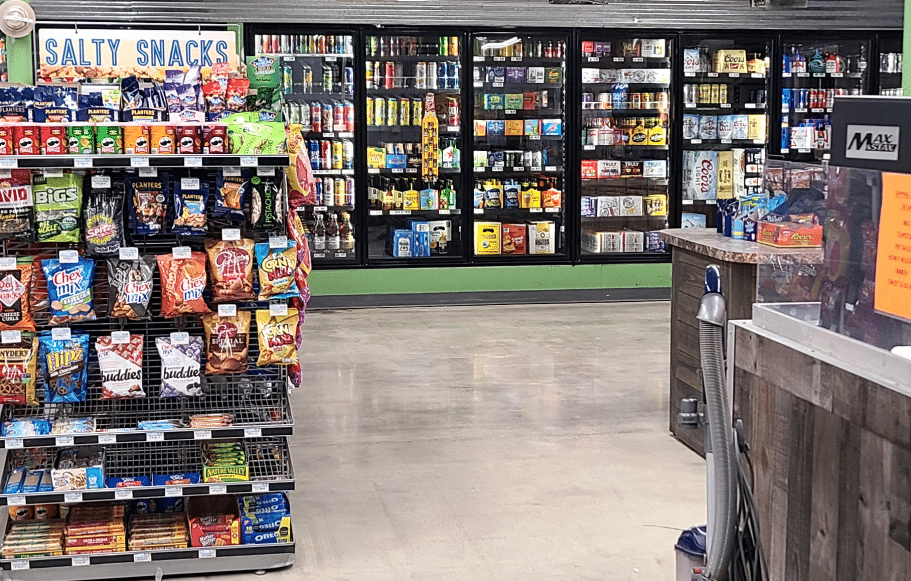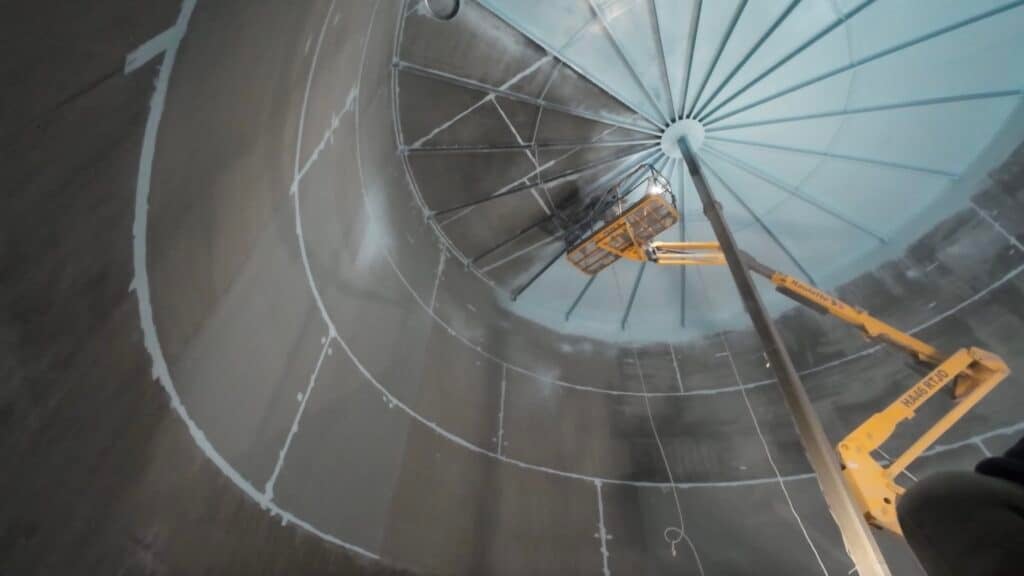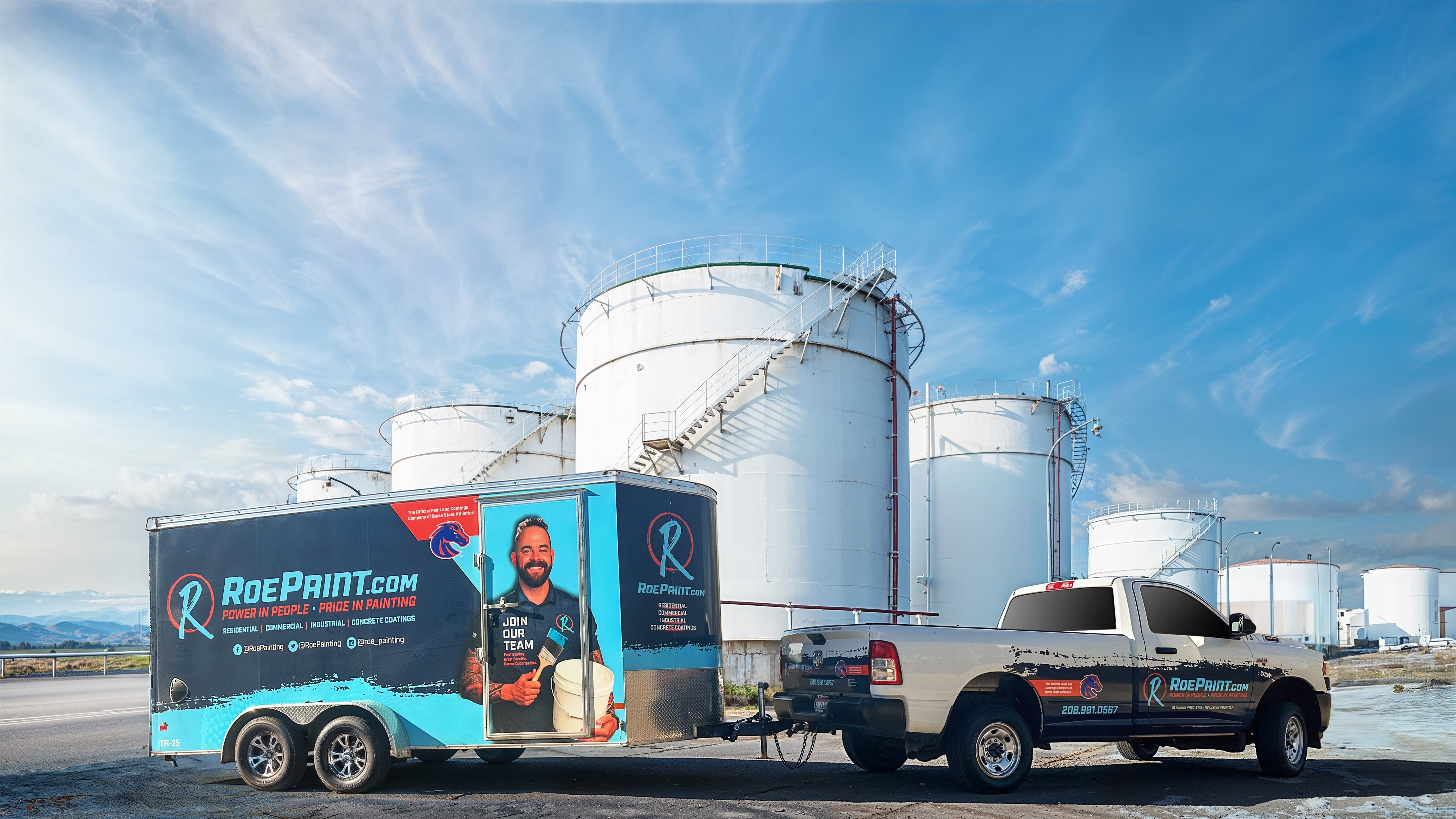Why Comprehensive Industrial Coating Services Outperform Quick Fixes
July 23rd, 2025
4 min read
By Jud Masters
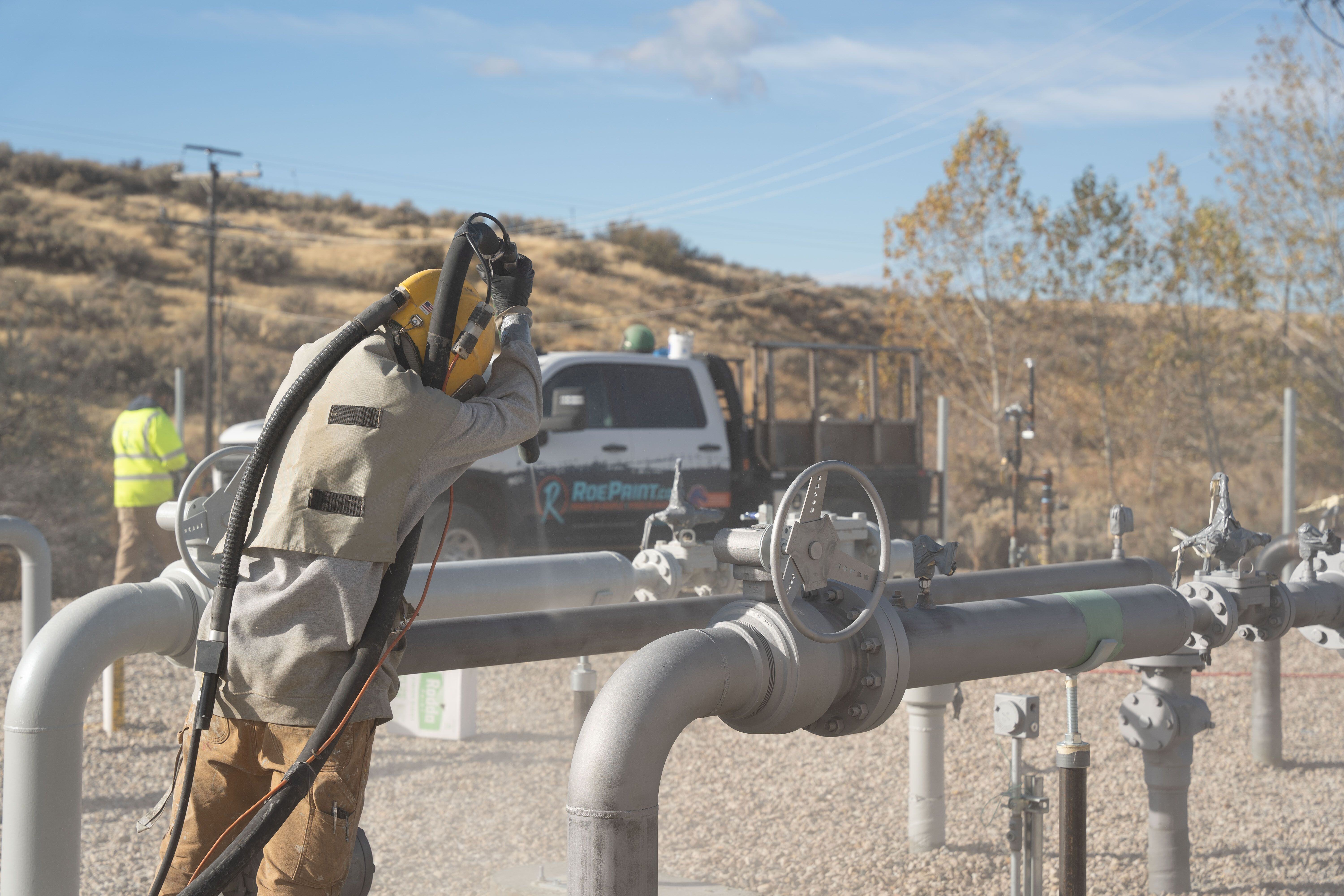
If you've ever had a coating system fail within a year (or even a few months), you already know how frustrating and expensive a "quick fix" can be.
Whether it's peeling floors, early corrosion, or safety hazards from poor adhesion, rushed or incomplete coating jobs create more problems than they solve.
At Roe Painting, we've seen firsthand how skipping key steps in the name of speed or cost savings often leads to early failure, unplanned downtime, and the need to redo the work entirely, usually at a higher cost than doing it right the first time. With over 25 years of experience and a NACE 3/AMPP certified project manager on staff, we know what it takes to install coatings that withstand the demands of industrial environments.
In this article, we'll walk through the most common shortcuts we see in industrial coating jobs, compare short-term vs. long-term outcomes, and show you what a complete service looks like so you can make informed choices that protect your facility for years to come.
We'll cover:
- What Gets Overlooked in a Quick-Turn Coating Job
- What Comprehensive Industrial Coating Services Include
- What to Watch For in Low-Bid Proposals
- How Roe Painting Approaches Long-Term Results
What Gets Overlooked in a Quick-Turn Coating Job
Some coating projects are scoped with speed or budget in mind. While that can be appropriate in some situations, it often means that key steps are abbreviated or omitted altogether.
When that happens, the coating may still look fine at first, but its ability to perform over time is often compromised. Here are the areas most commonly affected when a job is rushed or narrowly scoped:
Where Corners Often Get Cut
- Surface Preparation
Prep might be limited to basic cleaning, with no profiling or substrate-specific treatment. That can affect how well the coating adheres and how long it lasts. - Coating System Matching
A product might be selected for availability or appearance, rather than its compatibility with the environment (chemical exposure, UV, moisture, etc.). - Environmental Controls
Application may happen in less-than-ideal conditions (cold, humid, windy), which can affect cure times, consistency, and long-term. - Application Technique
Crews may be working fast to meet tight timelines. That increases the risk of uneven coverage, inconsistent film build, or missed areas altogether. - Inspection and Documentation
Without checkpoints or data logging, it's harder to verify that the work meets coating specs or qualifies for manufacturer warranties.
In some cases, a fast fix makes sense. But if durability, compliance, or asset protection are top priorities, it's worth confirming that each of these elements is fully addressed in the scope.

What a Comprehensive Industrial Coating Service Actually Includes
A full-scope industrial coating service isn't about doing more than necessary. It's about making sure each phase of the job supports performance, safety, and longevity.
Here's what's typically in a professional, performance-driven coating project:
The Six Core Components of a Full-Scope Coating Service:
1. Site Evaluation and Scope Planning
Every job starts with a detailed assessment of your facility, substrate types, environmental exposures, and performance goals.
2. Surface Preparation
Proper prep techniques (like abrasive blasting, pressure washing, or chemical cleaning) are matched to the surface and coating system to ensure adhesion and durability.
3. Coating System Selection
Products are chosen based on actual operating condition (e.g. heat, chemicals, abrasion), not just appearance or price point.
4. Controlled Application
Coatings are applied by trained professionals using the right method and equipment, under environmental conditions that meet manufacturer specs.
5. Inspection and Testing
Key metrics like film thickness, cure time, and adhesion are verified with on-site testing and logged for compliance or warranty validation.
6. Documentation and Closeout
A professional contractor delivers full job records—ensuring traceability, future planning, and peace of mind that the job was done right.
The goal isn't just to finish the job. It's to deliver a system that performs, protects, and lasts. When you compare a full-scope to a quick fix, the difference is in the details and the results you see 6, 12, or 24 months later.
.png?width=618&height=927&name=Industrial%20Coatings%20Application%20Process%20(1).png)
What to Watch for in Low-Bid Proposals
Not every lower-cost proposal is a red flag, but some are worth a second look. A lower price may reflect a narrower scope, missing steps, or assumptions that could create problems down the line.
When comparing industrial coating bids, these are the areas worth double-checking.
Red Flags to Review in Any Proposal:
- Vague surface prep descriptions
Terms like "basic cleaning" or "light prep" can signal a lack of adhesion-focused prep. Look for specifics based on substrate and coating type. - No mention of environmental conditions
If the proposal doesn't address cure temps, humidity limits, or schedule flexibility around weather, performance could suffer. - Missing quality control steps
No mention of film thickness checks, cure verification, adhesion testing? That means you're relying on assumption, not inspection. - Lack of documentation deliverables
If there's no promise of a closeout report, inspection log, or warranty verification, you may have trouble validating the work later.
Comparing proposals isn't just about price. It's about understanding what's being promised. A strong coating bid will make clear what steps are included, how performance will be verified, and how long the results are expected to last.
How Roe Painting Approaches Long-Term Results
At Roe Painting, we've seen firsthand how much difference the right process can make. That's why our approach is built around careful evaluation, proper prep, matched systems, and verified performance, not just speed or price.
For a full breakdown of what's included in our coating service, from site assessment to documentation, check our detailed process overview: From Surface Prep to Inspection: What Industrial Coating Services Cover.
Why the Long View Pays Off
Choosing an industrial coating solution isn't just about protecting surfaces; it's about protecting operations, budgets, and long-term performance.
We've looked at what gets overlooked in fast-turn jobs, the long-term risks that follow, and the six critical elements of a comprehensive service. If reliability, safety, or asset longevity are priorities for your facility, it's worth asking: Does your next project plan check all the boxes?
Have questions about coating scope, product selection, or what’s typical in your industry? We’re always happy to have a conversation—no pressure, just real insight.
Long-term results come from a clear process, skilled execution, and the right partner. That's the standard we bring to every job.
Jud has been with Roe Painting since 2017 and in the painting industry as a whole since 1999. He has a passion for estimating and selling a wide variety of painting projects. As the son of two teachers, he loves to educate his customers on what they should expect in a proper paint job. As VP of Sales, he enjoys developing estimating programs and teaching and coaching his sales team to deliver a confident contracting experience for every customer.
Topics:
